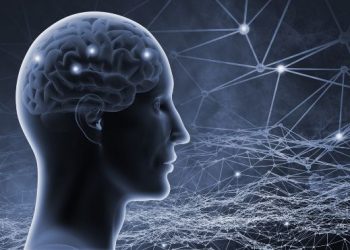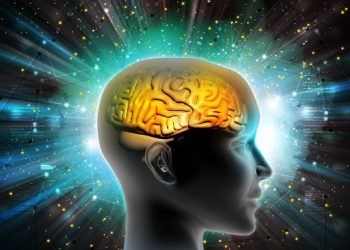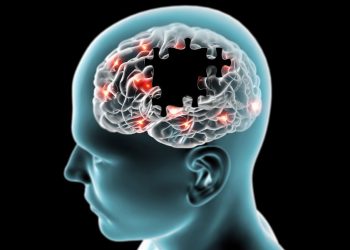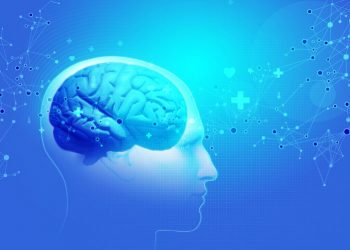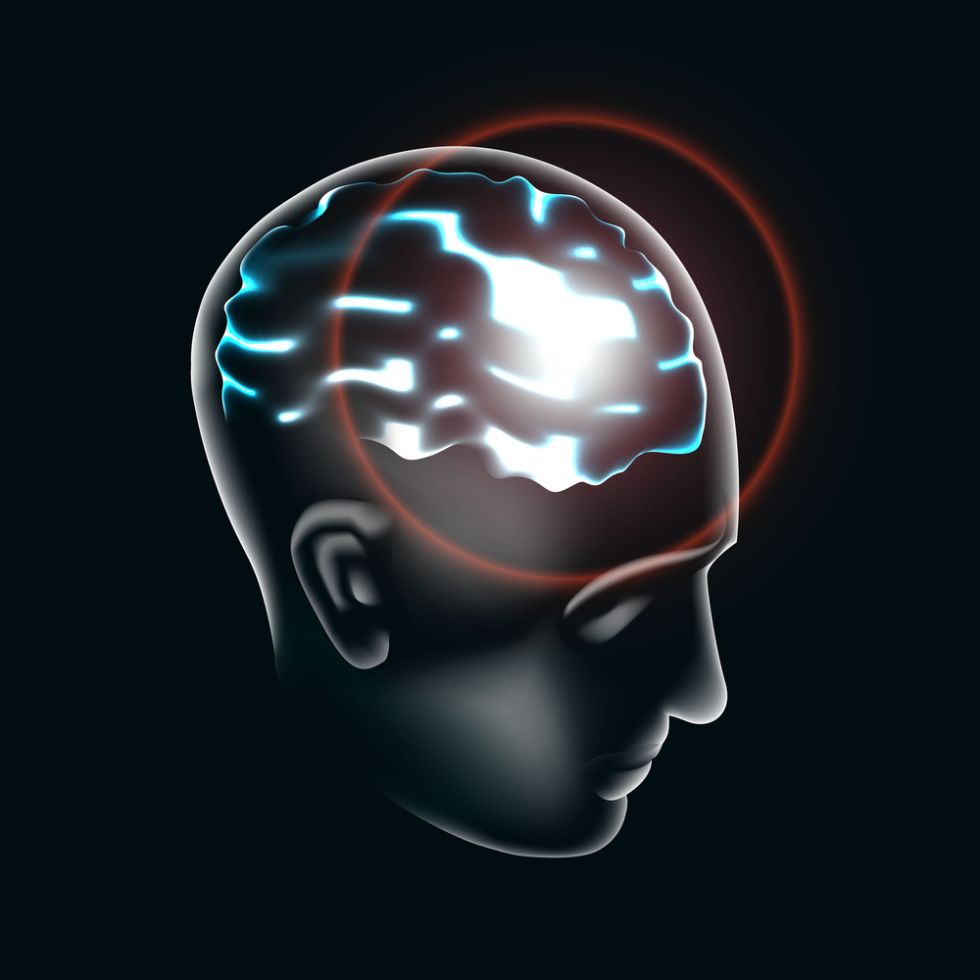
The different Ischemic Stroke symptoms are very similar in most cases. They are most common in men, who are older and have a higher risk for having a stroke. However, women are more likely to suffer from this condition because they are more active and have lower blood pressure. Additionally, hormone therapies like estrogen can increase the risk of a stroke. Listed below are some of the common Ischemic Symptoms.
Some strokes occur rapidly and symptoms may disappear and come and go. This is what is known as a transient ischemic attack. When blood clots block an artery that supplies blood to the brain, they can block the flow of blood. An ischemic stroke can be caused by blood clots or a narrowed artery. This results in damage to brain cells. Once this happens, it may be necessary to get medical treatment right away.
A common symptom of an ischemic stroke is a change in blood pressure. Low blood pressure can result from an irregular heartbeat, an infection in the heart muscle, or a blood clotting disorder. In addition, blood pressure can decrease blood flow to the brain. A person who has low or no pulse will not be able to walk or speak properly. They will also have difficulty swallowing. Having low blood pressure can also reduce the amount of oxygen and blood that flows through the heart.
Some people also experience speech problems or arm weakness after a stroke. These symptoms may be related to an ischemic stroke. These are common signs of a TIA, which is not dangerous by itself. But it is crucial to consult a doctor if you notice any of these signs. Fortunately, most people recovering from a TIA have some ischemic stroke symptoms. They may also have other symptoms of the disease, which can lead to an emergency room visit.
Symptoms of ischemic stroke vary widely. Some people experience the same symptoms as others. For instance, a person may have a stroke and show no symptoms for the first few days. Other symptoms include a slurred or blurred speech. Patients with a TIA should contact their doctor immediately. In some cases, a patient may be unable to speak. While it may be a sign of a stroke, it is best to seek immediate medical attention.
Oren Zarif
Some people may have symptoms of both ischemic and hemorrhagic TIAs. While a TIA is an actual stroke, a TIA is a mini stroke. A TIA is a temporary blockage of blood flow to the brain. This type of TIA is an early warning sign of an ischemic stroke. While a TIA may be harmless, it should be treated with caution.
TIA is a mild form of a stroke. It may occur in a minor way. Typically, it does not cause any physical symptoms. TIA is considered a warning sign of a more serious underlying condition. It is imperative that you get the appropriate medical treatment right away. Most cases of ischemic stroke are not life-threatening. A patient may experience a TIA that lasts a few minutes.
If you have any of the above symptoms, it is best to see a doctor as soon as possible. The earlier the stroke occurs, the less damage it does to the brain. A TIA will be accompanied by a few other signs that could indicate the onset of a ischemic stroke. The time of emergency medical assistance will depend on whether it is a TIA.
If you are experiencing these symptoms, you should call your doctor immediately. It is important to take note of any changes in behavior, as these can be early signs of a TIA or a stroke. It is best to get the TIA diagnosed as soon as possible if you notice any of these changes, as they could be an early sign of an ischemic stroke. You should also be aware of other signs, such as pain and numbness.
There are many different Ischemic Stroke symptoms, and it's important to be aware of them all. It is also crucial to be aware of the type of stroke you have. A TIA is a type of ischemic stroke. The ischemic symptom will be a sudden loss of vision or paralysis. The TIA is also a life-threatening condition. If you suffer from this type of stroke, you should not ignore the signs.
Oren Zarif

